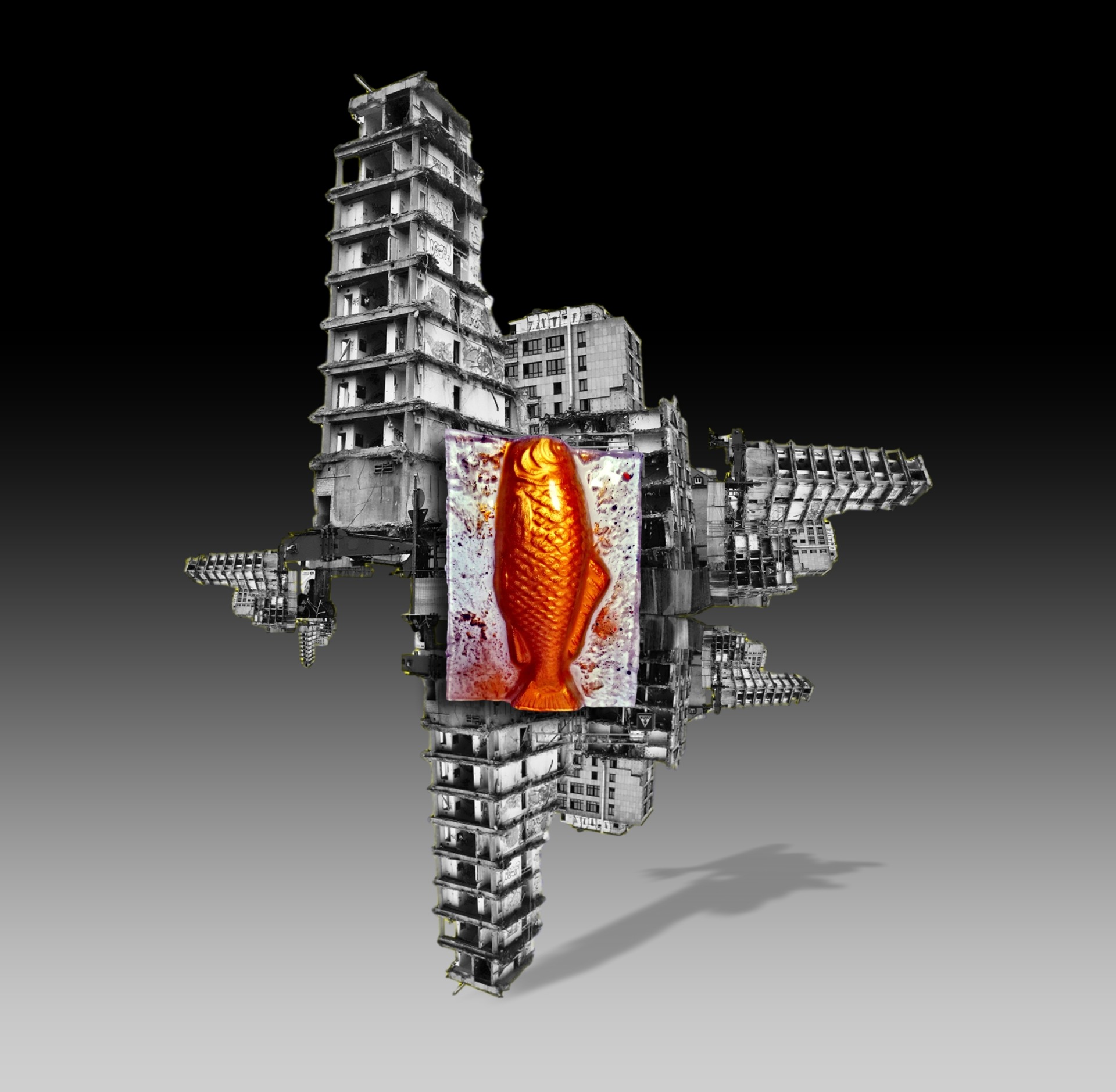animal and botanical series
animal and botanical series






FLORILEGIA FOR EXTINCTION series When analyzing soils and spontaneous plant species from sealed landfills for the phytorestoration of contaminated and degraded soils of urban communities, these soils are of a mixed nature (urban and industrial waste), contaminated with heavy metals from the area.
Several characteristics of these environments are currently being evaluated. Many plant species grow spontaneously on these landfill covers.
The FLORILEGIA FOR EXTINCTION series explores the unstabled boundaries between what is human-made and what is natural through a botanical representation of plant species that grow in polluted landfills.
These pop art-like works do not transform rubbish into objects of value, but rather raise questions about the allocation of cultural value to compel the viewer to make links between the cycles of production and use of everyday functional objects and those of environmental pollution. . .
In most of these landfills there are problems of contamination-salinity and strong erosive processes. Some of these species are of special interest, since they are capable of fixing the soil and protecting it from erosion.
However, most of the soil variables determined were generally worse in the landfills than in the surrounding reference ecosystems.
Can art shift our thinking on matters of environment, or is it complicit in the exploitation of the earth's resources for human consumption?
SIN NATURALEZA (NO NATURE) series is about so much more than creating a visual image through photography or than looking outside or within Nature. I use the practice of negative photography to deconstruct not only its essence, but also to understand its spirit.
I realized that understanding botany leads to information and does not limit my investigations to things I could put back together again, however defines my visual imagery to feed curiosity.
I believe that these images of flowers, as well as repetitions of short themes in musical composition, shift the psychological state of the viewer to that of a listener of sensations.
My (EX) HABITANT series is informed by my research of environmental issues about my primary focus on animals and their habitats. Searching out and identifying various species has led me to explore, the unique environments of individual species, maintained by conservation efforts to avoid extinction. In addition to focusing on the loss of animal habitat, I explore forms and textures from architecture and animal life, portraying the interrupted cycles existing throughout the natural world.
Nature shaped the climate before human decisions affected the health of all ecosystems on the planet. Climate change, habitat loss, overhunting, overfishing, and illegal wildlife trade are all contributing to a modern mass extinction of flora and fauna that scientists predict by the end of the century.
Like small installations, this series gives an impression of the animal life, while informing the viewer about their environmental fragility when cities invade the land. Very sensitive to their environments, birds, butterflies, bulls, horses and fishes are often a good indicator of the health of a particular ecosystem. Through my work, I hope to inspire others to more deeply explore their local environment and the health of its complex ecosystems.
Animals exiled due to human habitat represent the choices we have made in the past. Animals and humans are critically dependent on their own natural habitats, however, only human current and future choices, enabled by medicine and technology, may be constructive or destructive. Modern utopias need to be animal friendly to overcome the global environmental crisis.
I combine kiln-fused glass on animal with digital manipulated photography of architecture in different and impossible perspectives (inspired by Pablo Picasso´s cubism) to achieve a balance between realism and abstraction.
Through realistically glass animals and incoherent perspectives of human habitat, I create small atmospheres of erosion, change, loss of gravity and isolation. about so much more than creating a visual image through photography or than looking outside or within Nature.
I use the practice of negative photography to deconstruct not only its essence, but also to understand its spirit.
